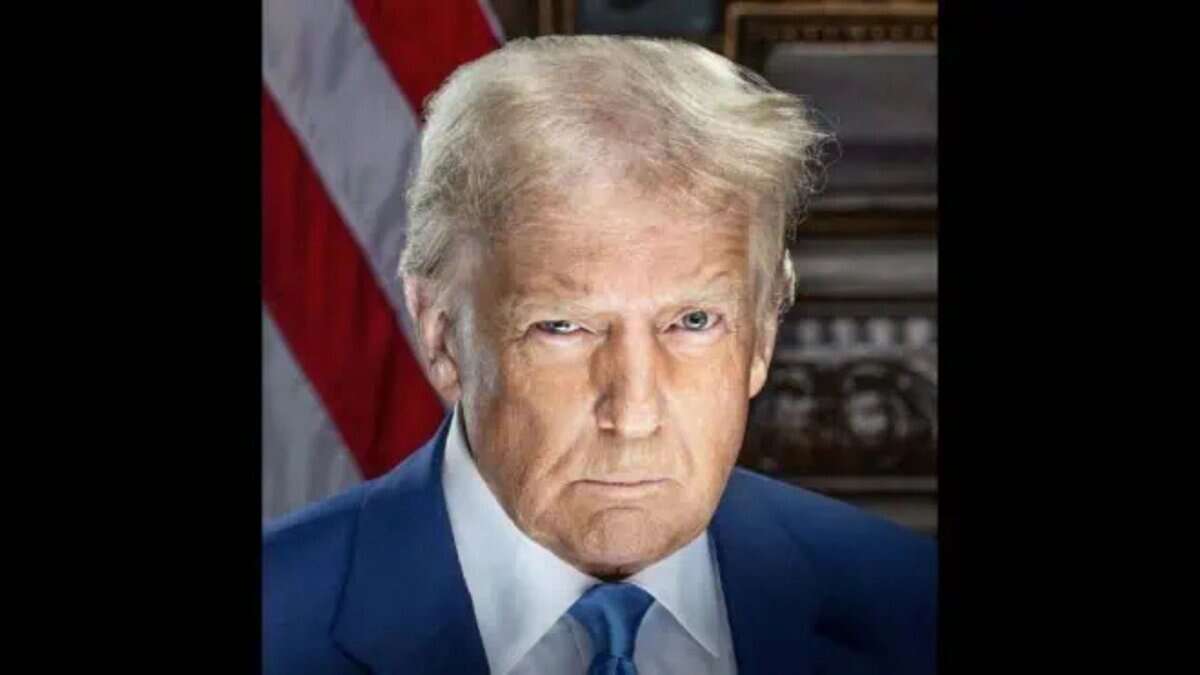
On Wednesday morning, last week, India woke up to 50 percent tariffs imposed on its goods sold to the US. The Trump administration followed through on its threat to double levies from 25 percent due to India’s purchase of Russian oil. Since his return to the White House this year, President Donald Trump has implemented tariffs.
Trump’s decision on Indo-US relations is likely to impact the relationship between the two countries. It affects $48.2 billion in exports. This includes clothing and chemicals.
However, the risk of a trade war remains low, as India has not retaliated and is implementing reforms to mitigate the impact of the tariffs.
New Delhi is responding to tariffs by proposing a cut in GST.
And seek new export opportunities. High tariffs could harm India’s economy, lessen its competitiveness against China, and hinder Prime Minister Modi’s goal of making India a manufacturing hub. The United States was India’s largest trading partner, with trade at $21.2 billion.
Let’s take a closer look at how the US’s hike in tariffs could affect the Indian economy. In 2024, New Delhi was projected to export around $87 billion, its largest market to date. These tariffs place Indian exporters at a 30-35% disadvantage compared to countries like Bangladesh, which face lower US duties. Furthermore, India also engages in trade with other nations, including China, the EU, and the UAE.
The estimated impact of US exports primarily affects labour-intensive sectors. Lower crude prices give both federal and state governments the fiscal space to support these industries with targeted incentives.
Experts believe this tariff could lead to stagnant market
limitations. India’s GDP growth, projected to be around 7% in 2024, is expected to be reduced to approximately 6.4%.
India’s $179 billion textiles industry, which generates $37.7 billion in exports to the US, is particularly vulnerable, with nearly $10.3 billion of its revenue coming from this market. The Apparel Export Promotion Council (AEPC) has noted that Indian exporters now face a 30% cost disadvantage compared to competitors in Bangladesh, Vietnam, and Cambodia.
Trump’s tariffs could have a significant impact on specific sectors and jobs that are linked to US demand. This could lead to job losses and a slowdown in the sector’s growth.
Rating agency Moody’s has indicated that Trump’s tariffs on Indian imports could hinder India’s economic growth. The agency stated that after 2025, the significantly wider tariff gap compared to other Asia-Pacific countries could severely limit India’s ambitions to develop its manufacturing sector and might even reverse some of the progress made in recent years in attracting related investments.
Exporter associations estimate that tariffs could impact nearly 55 per cent of India’s $87 billion merchandise exports to the US. This could advantage competitors like Vietnam, Bangladesh, and China, which face lower tariff rates.
India is the world’s third-largest oil consumer and the biggest buyer of Russian crude oil. This is crucial for India’s energy sector,
It could disrupt this crucial energy partnership and force India to seek alternative sources of oil, which may be more expensive and less reliable.
As an alternative, the Modi government is urging people to buy domestically produced goods, urging them to “prioritise products made in India. Major industries, such as the auto components sector, which “exports approximately $7 billion annually to the US, could be affected by tariffs, risking India’s investment.
Speaking at a construction industry event in New Delhi recently, Commerce Minister Piyush Goyal said India was “always ready if anyone wants to have a free trade agreement with us”. But, he added, India “will neither bow down nor ever appear weak”.
The Indian government is implementing measures to reduce the impact. At the same time, the long-term effects on the economy and stock market remain uncertain.
Political and business leaders in India are calling for quick market diversification to “reduce reliance on the United States. Analysts have warned that the 50 per cent duty the US has imposed on Indian goods is akin to a trade embargo. Modi has promised to protect farmers, fishermen, and workers, emphasising national interest and energy security in the country.
On Thursday, the government reassured exporters of its unwavering support, promising to extend comprehensive measures to protect livelihoods amid global headwinds. This is to reassure the public and the business community.
The government is working on extending support measures for exporters, such as the rollout of an export promotion mission and a moratorium on loans to cushion them from the impact of the US’s 50% tariffs on Indian goods, an official said.
New Delhi is finding broad support from the Western intelligentsia in its struggle to resist the US pressure. This international support helps India navigate the challenges posed by US tariffs and maintain its position in the global trade arena.
For the time being, neither Washington nor New Delhi is itching for a trade war. There is a great potential for diplomatic negotiations, with Modi using the back-channel route to persuade for lower tariffs, and Trump being willing to compromise if he wants to do business with India. This possibility of negotiation brings a sense of hope and optimism for the future of Indo-US trade relations.




